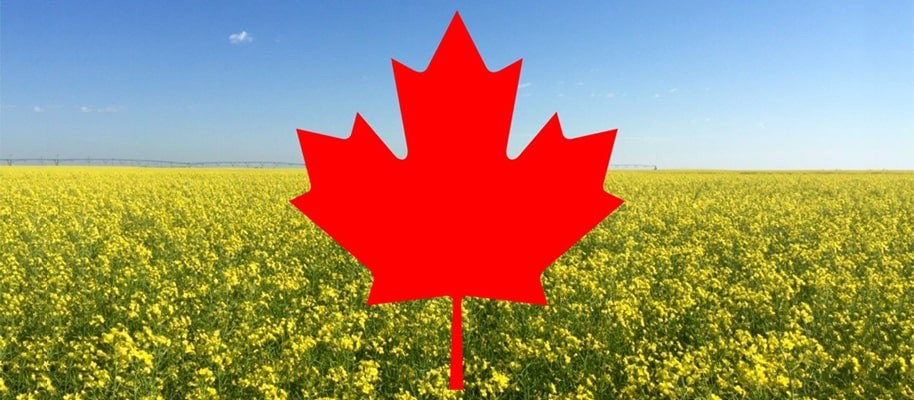Canadian markets ignore weather woes for now

Heat and a lack of moisture in parts of Western Canada likely cut into production prospects this year. However, any weather concerns have yet to find their way into the markets, and solid production prospects out of the United States are weighing on values overall.
November canola futures hit a contract low of $585 per tonne on Aug. 6, while domestic wheat bids fell to their lowest levels in years as the U.S. futures traded near their softest levels since 2020.
Lack of any significant weather threats across the Midwest will likely keep the bias pointed lower in U.S. soybean, corn and wheat futures until something changes the narrative, according to Sean Lusk of Walsh Trading in Chicago.
Soybeans in the U.S. were rated 68 per cent good to excellent as of Aug. 5 by the U.S. Department of Agriculture, which compares with only 54 per cent at the same time the previous year.
Corn was in similar shape at 67 per cent good to excellent, marking a 10-point improvement on the year.
“There’s no story here to drive (futures) significantly higher … we need a story,” said Lusk, adding “if we turn hot and dry for the rest of the month, that would bend this thing back up, but there’s nobody calling for that.”
Even if it does turn dry, at this point in the growing season soybeans are setting pods and corn is past the pollination stage.
Eventually speculators will look to take profits and cover their short positions, but Lusk noted that every previous attempt at correcting higher was met with renewed selling and he expected a sustained rally was unlikely in the absence of fresh weather concerns.
While Western Canada also started the growing season on a relatively favourable footing, conditions have deteriorated, especially in parts of Alberta and Saskatchewan. The provincial crop report from Saskatchewan for the week ended Aug. 5 pointed to a decline in yield potential for many commodities.
“At one point we were looking at a record crop, but it’s probably closer to average now,” said Lawrence Klusa, president of Seges Markets in Winnipeg, pointing to lack of rain in many regions over the past month.
However, he added that expectations for large U.S. soybean supplies, slow U.S. export sales, and weakness in crude oil were all weighing on the oilseed markets.
“There’s a recognition that canola will not be the crop it was, at least not what people thought it would be even a few weeks ago,” said MarketsFarm analyst Mike Jubinville.
However, “if canola has a problem, it’s a soybean problem, not a canola problem,” said Jubinville adding “as long as the soybeans are sluggish, it will be difficult to maintain a rally in canola.”
He said the 2023/24 canola crop was possibly understated by as much as 500,000 tonnes by Statistics Canada.
While the bearish influence of the soybean market weighs on canola, the price weakness should make Canadian exports look more competitive to international buyers. Problems with the rapeseed crop in Europe could also be supportive, according to Klusa.
Wheat crops in Europe were hurt by excessive moisture, and the two Canadian analysts expect the wheat market could show signs of leveling off. Although, “for right now, there seems to be sufficient (wheat) supply relative to demand,” according to Jubinville.
“The upside potential is not great in the major crops, (but) there might be more hope in some of the special crops,” said Klusa pointing to pulses and durum as markets with possible room for strength because Canada is a major player in the world markets for those commodities.
While durum should maintain a premium over spring wheat, he cautioned that prices were unlikely to see the same strength as they did a year ago.
Read also
Wheat in Southern Brazil Impacted by Dry Weather and Frosts
Oilseed Industry. Leaders and Strategies in the Times of a Great Change
Black Sea & Danube Region: Oilseed and Vegoil Markets Within Ongoing Transfor...
Serbia. The drought will cause extremely high losses for farmers this year
2023/24 Safrinha Corn in Brazil 91% Harvested
Write to us
Our manager will contact you soon



